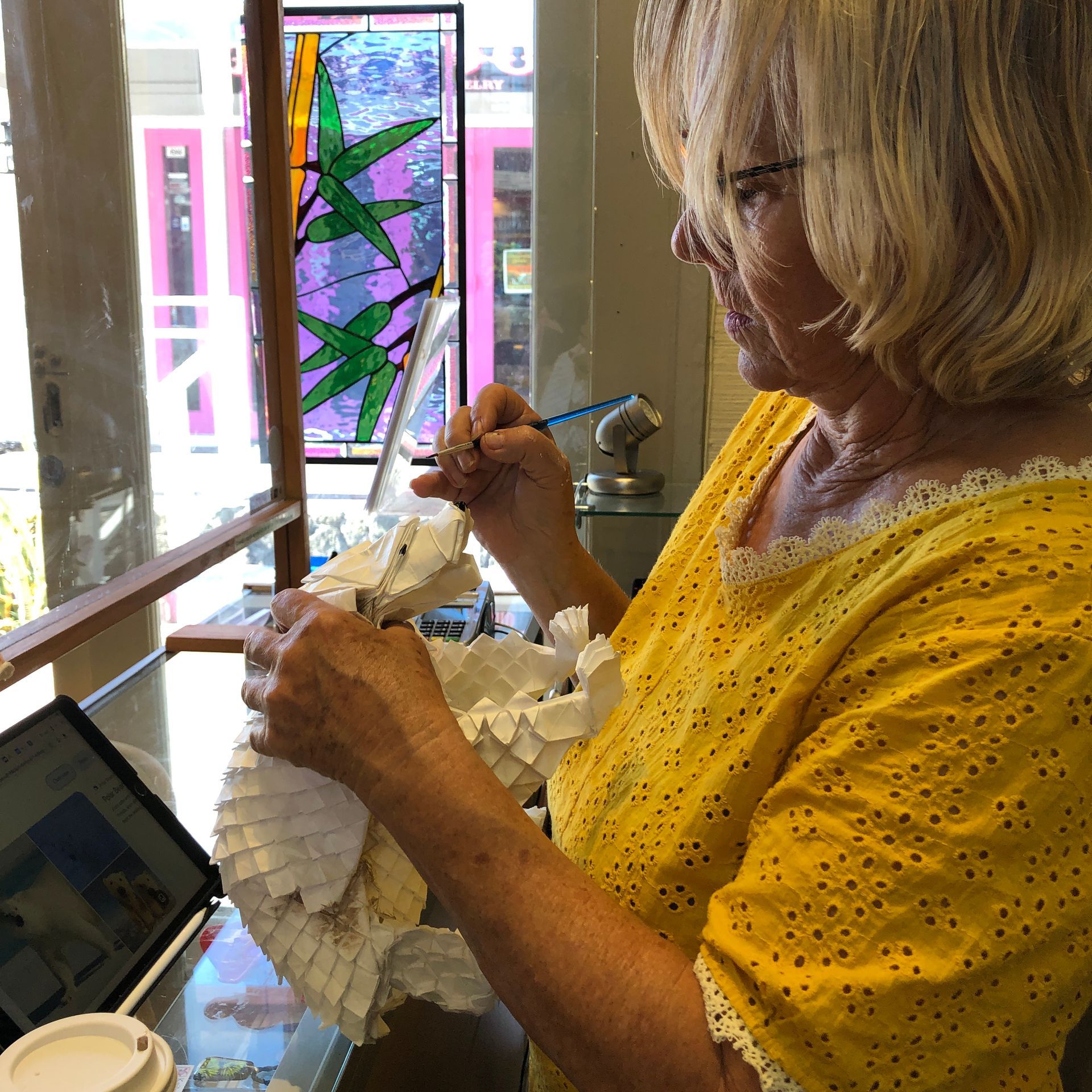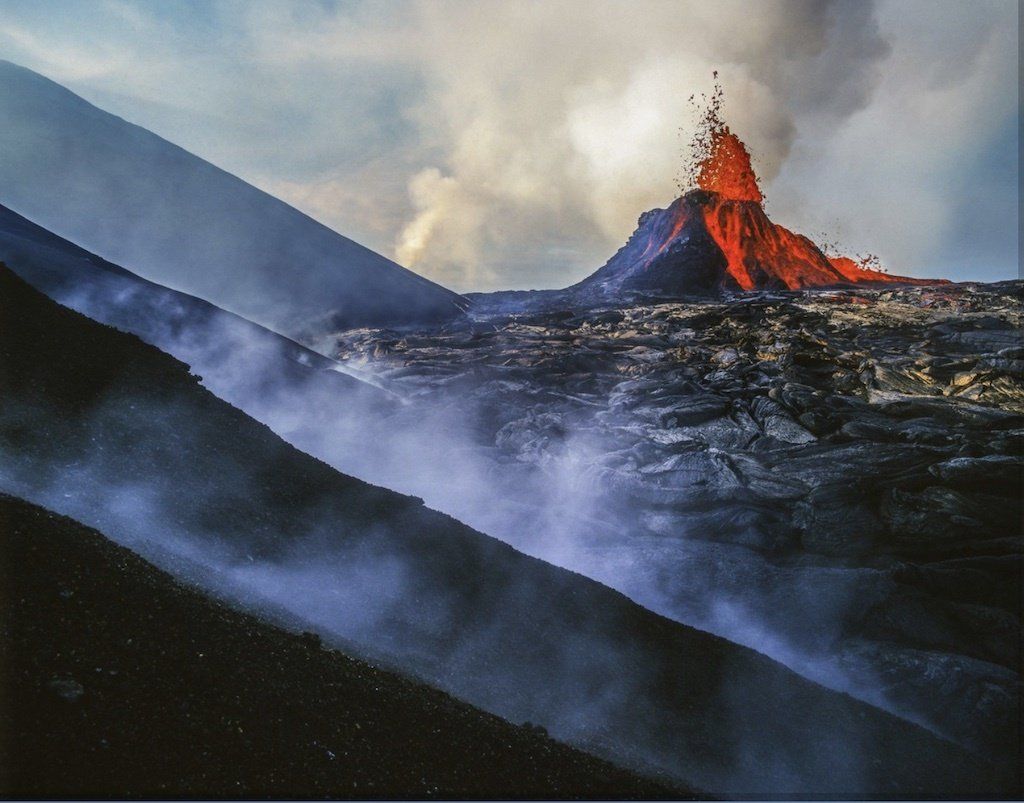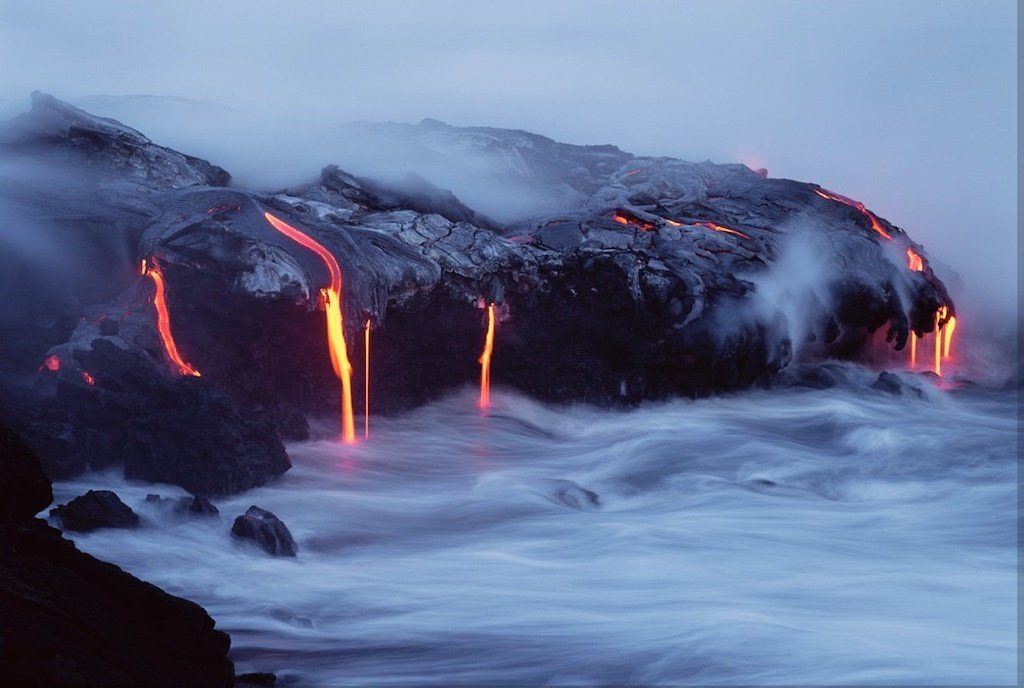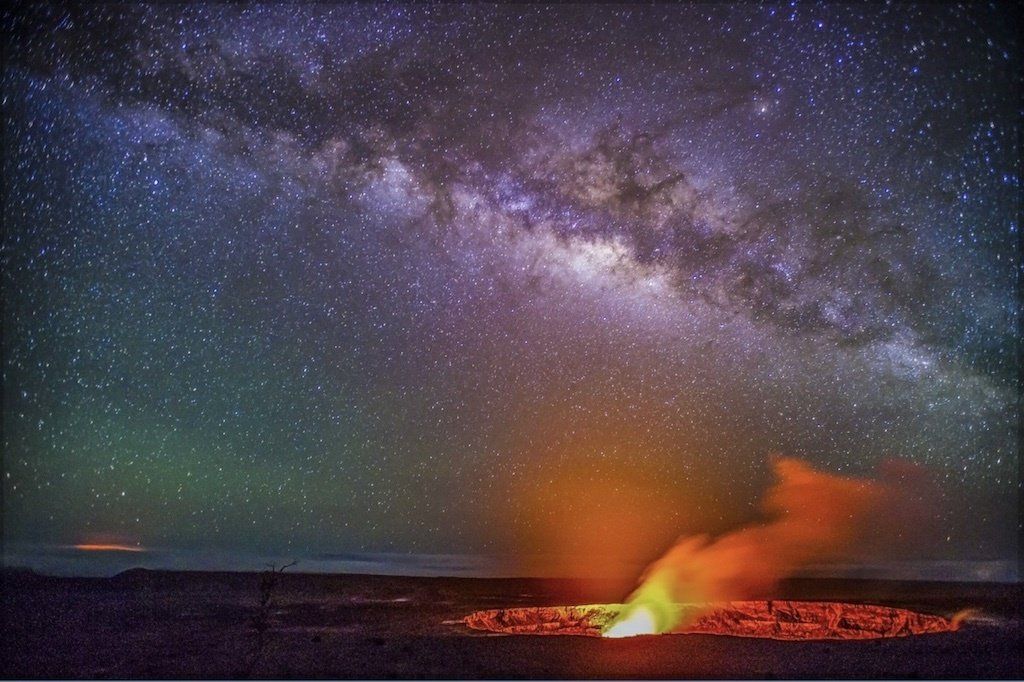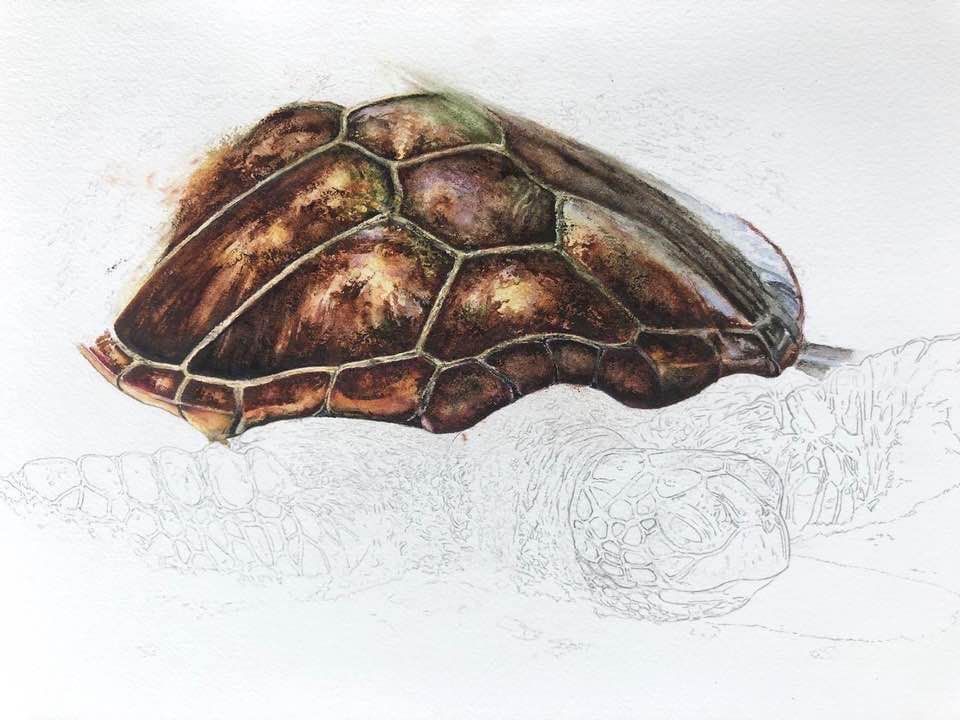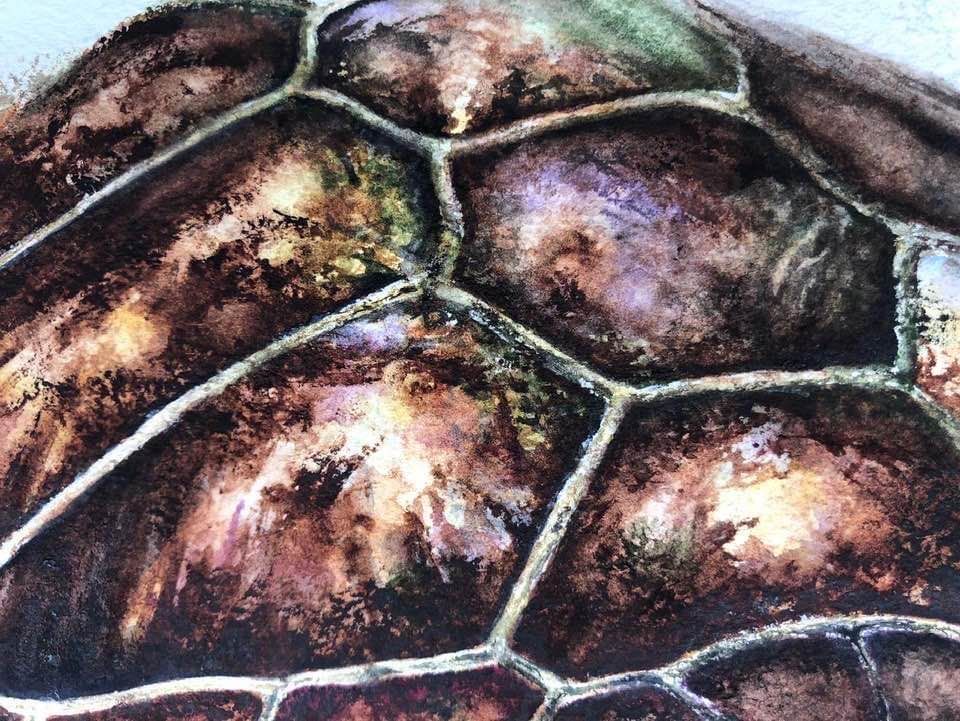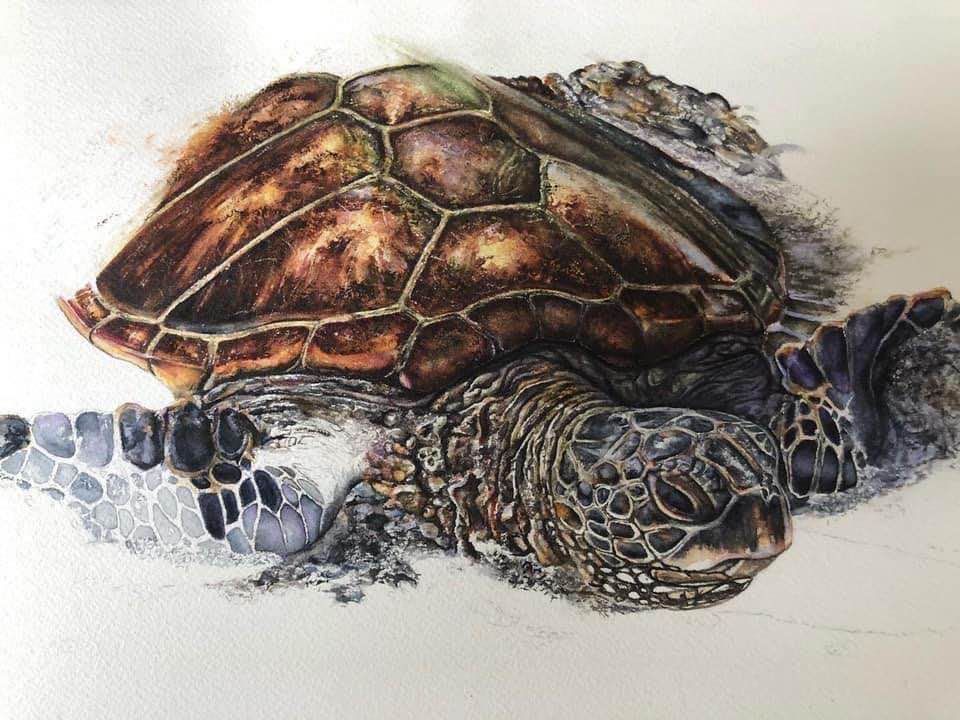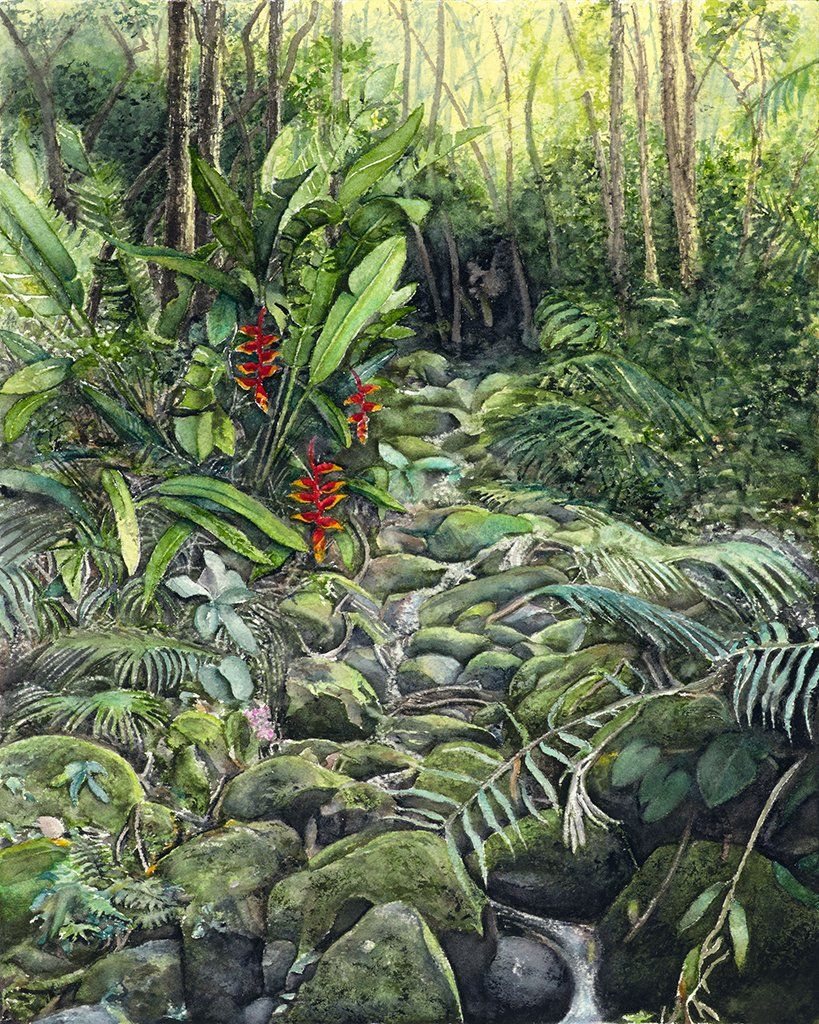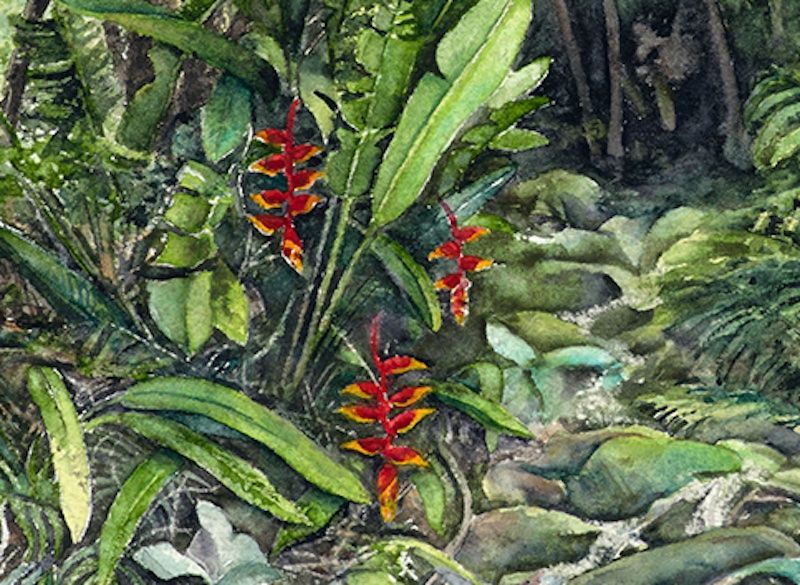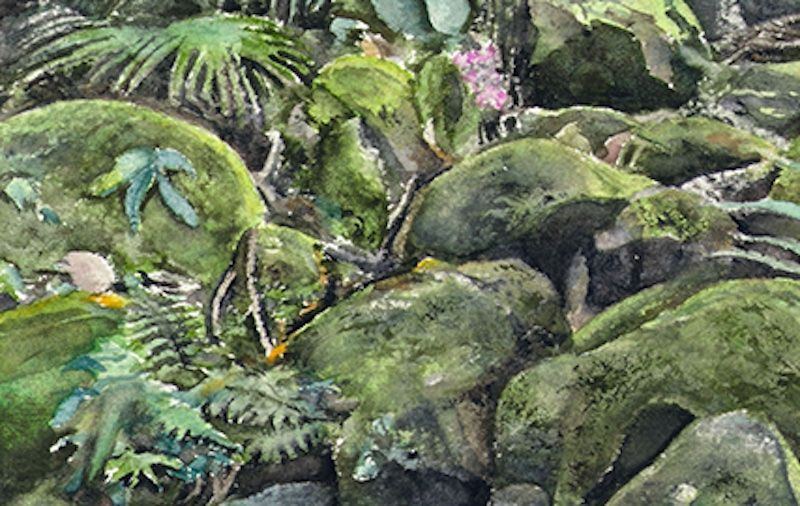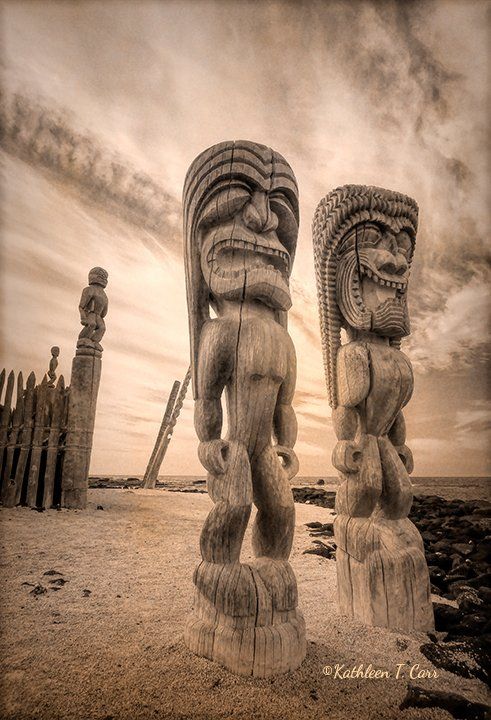June 2023 at the Gallery
Volume 14, Issue 6
Featured Artist: Ken Geer
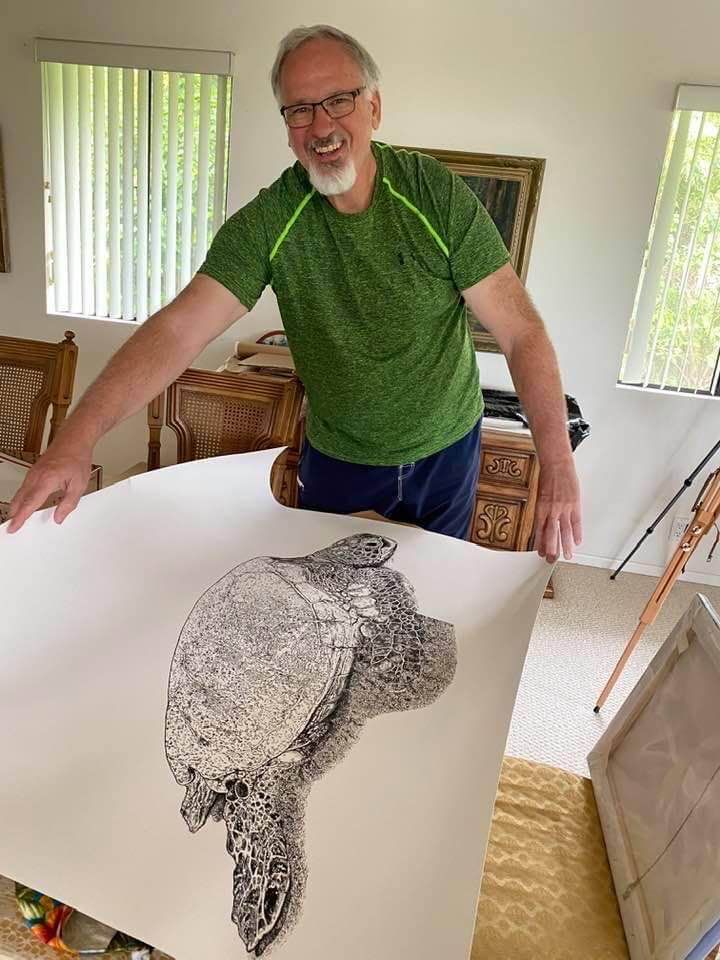
A soft spoken man, Ken Geer’s gentleness masks a sharp mind and intense nature. That intensity can be seen in his highly detailed pen and ink watercolors. Guests in the gallery are often surprised to find out that his work is watercolor because of the life-like quality in each image. Hawaiian green sea turtles are a favorite theme of Geer’s and where his level of detail can be best appreciated. Geer achieves this through creative use of many colors, wet on wet technique and masking fluid to preserve the white highlights.


Something of a Renaissance man, Geer found his love of art at a young age. Encouraged by his parents, Geer was able to explore both his creative side and his love of all things science. He earned a BS in Industrial Design from the University of Bridgeport, in Bridgeport, CT and was hired as an industrial designer. He went on to a storied career designing and developing high performance footwear at such companies as Nike, Adidas, Clarks, Red Wing and Timberland, to name a few. He is an inventor named on twenty-one U.S. patents relating to footwear structure and style. After retirement, he moved to Hawaii to be close to family and turned his considerable attention to making art. Like so many of our artists, Geer is inspired by the beautiful tropical landscape, rich marine life, and exciting traditions to be found here on the Big Island.
Geer is often asked how long his paintings take and he struggles to answer the question. He falls back on “however long it takes to get the result I’m happy with.” He also claims to be a very slow painter, but methodical might be a better descriptor. He calls his paintings “labors of love” and though he has tried to emulate a looser, freer style, the results are not as satisfying, but he appreciates that style in others’ work. A lot of planning goes into each painting, before and during. Geer begins with his own photographic library, some Photoshop work to create the right composition/design. The next step is deciding on the color palette, experimenting with mixing colors and making color swatches. In the end, each painting take hundreds of hours and that is as close an estimate that he can offer.
Art Journeys with Shannon Nakaya:
Being in an Art Co-op,
An Insider's Perspective
Before launching into this article, I should qualify my opinion, acknowledging that KVA is my first and only experience being part of an artist's cooperative, and that I've been a member artist with KVA for almost two years.
Member artists share day-to-day gallery operations. In our case, that means ten of us each spends 3 days a month staffing the gallery. We don't work for an hourly wage, and we don't work on commission. And all of the art displayed in the gallery is there on consignment. Put another way, no one get paid unless and until a piece of his/her art sells. While this might lead to artists promoting their own art at the exclusion of other art, this has not been my experience at KVA. Each artist has their own medium and style. Patrons are simply drawn to what they are drawn to, so it's not a competition between artists. As a result, we are each there to support whoever's art a patron happens to be drawn to. Moreover, I have not observed resentment between artists when someone has a particularly good sale or good run of sales. Rather, I hear joyful congratulations on a colleague's success. And over time, I see that it all goes around.
This is not to say that it's all happy smurf all the time. We are humans, susceptible to human failing, frustrations, and griping. Co-op by-laws, gallery rules, and good leadership establish boundaries and keep us in line. Thankfully, we are also a generally respectful and well-mannered group of individuals. At the end of the day, we share the common goal of promoting Big Island art. We make it work. We keep going.
Personally, my favorite part of being in an artist co-op is the cooperation and collaboration. Each member artist, for example, is responsible for his/her own display. For me, this was a new experience and the input from my colleagues helped me create something better than I could have done independently. Ditto with some of my artistic creations. No one dictates what do to with my art, but suggestions from fellow artists have inspired new designs. Some prove more successful than others; but either way, it is all part of the art journey. Christal Nylin suggested using paint to add strategic embellishments and highlights to some of my origami sculptures, and taught me about mixing colors and dabbing in a way that I now view paint brushes as a useful tool rather than a nefarious threat. Doing collaborative projects with Kathleen Jaeger has afforded me the experience of shared artistic synergy. Other members have similarly connected through art. Tamisha Lee and Bill Jaeger have collaborated on several fused glass-stained glass pieces.
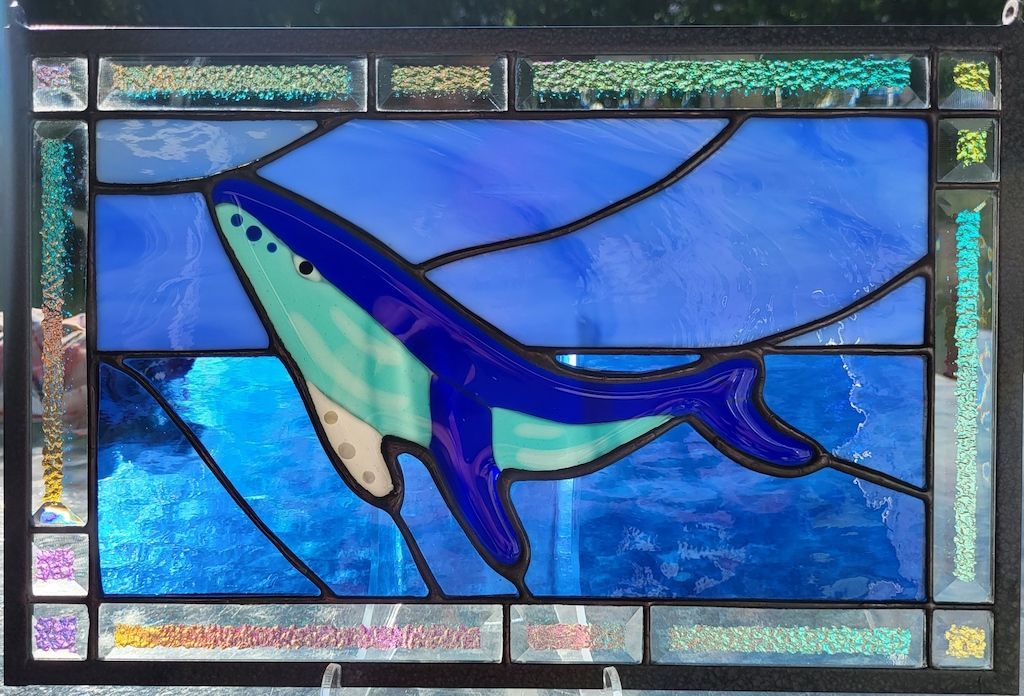
At the end of the day, an art co-operative, like any other group of humans, is largely about the compatibility of the people who make up the group. The first goal is to be a functional group, which thankfully, we are. Beyond that, this co-operative facilitated introductions which have led to bonds of camaraderie and friendship through art. While I may not have vast knowledge of other co-ops, I do feel blessed to be a part of this particular group.
Water plays a large role in Geer’s paintings.
“I care deeply about nature and try to capture the feeling of the spirit in the subjects. I am captivated by water - I am inspired by it and it is often an element of my art.”

Geer often paints his originals on 16" x 20" paper. The paintings usually have a lot of colors - especially in the details. At a quick glance, all those colors aren’t obvious. It is all the colors that bring Geer’s paintings to life. Geer does not paint in large, bold swaths of colors; instead, the details contain a multitude of colors. This richness of color and texture results in a vibrancy and realism reminiscent of fine art botanical prints or old Audubon plates. Geer offers prints in multitudes of sizes and formats including cards and giclees.
Here are some close-up images of some watercolor honu shells painted by Geer. "I usually incorporate many details, colors, and textures in my paintings. I’ve also included an image from a new, work-in-process honu watercolor painting. The new painting is challenging because the honu is partially submerged. The top portion of the shell protrudes through the surface of the water but the majority of the shell is underwater."
Whenever Ken Geer visits the Old Kona Airport Beach, he's always drawn to Shark Fin Rock, a distinctive lava formation. Here is his watercolor painting of Shark Fin Rock. "I didn’t paint all of the rocks but I think I got most of them. I used wet-into-wet painting and dry brush painting techniques to create the color blends and various textures in the rocks."

Want to see more of Ken’s work up close and take in all that delicious detail? He works at the gallery on June 14 and 23.

